香港街市:從三百年前說起的社區需要|Wet Markets in Hong Kong: Meeting Community Needs from 300 Years Ago

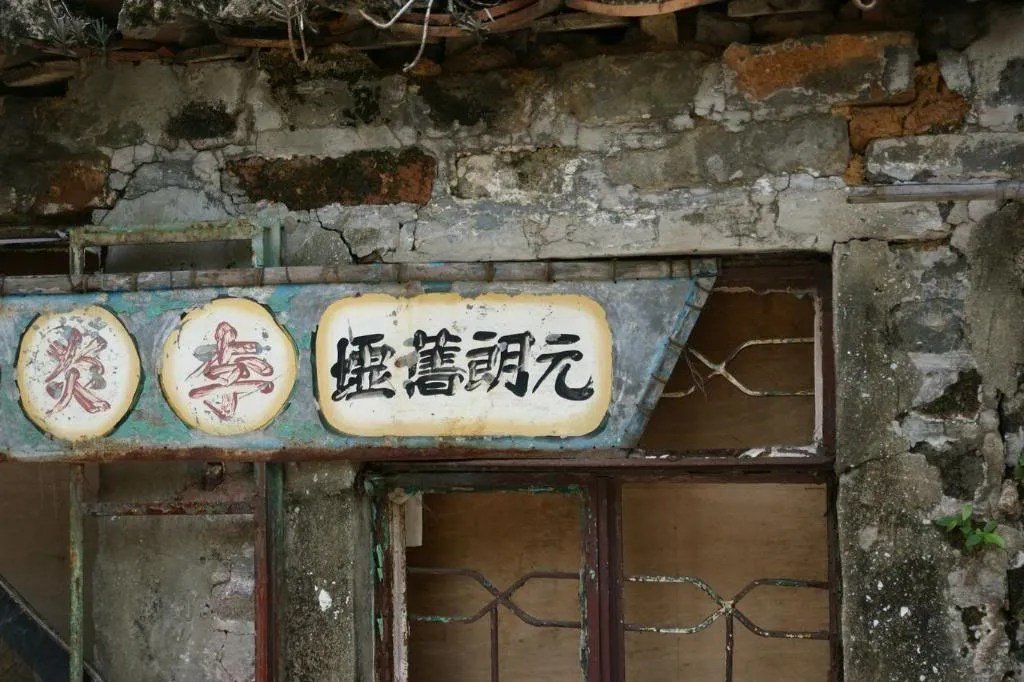

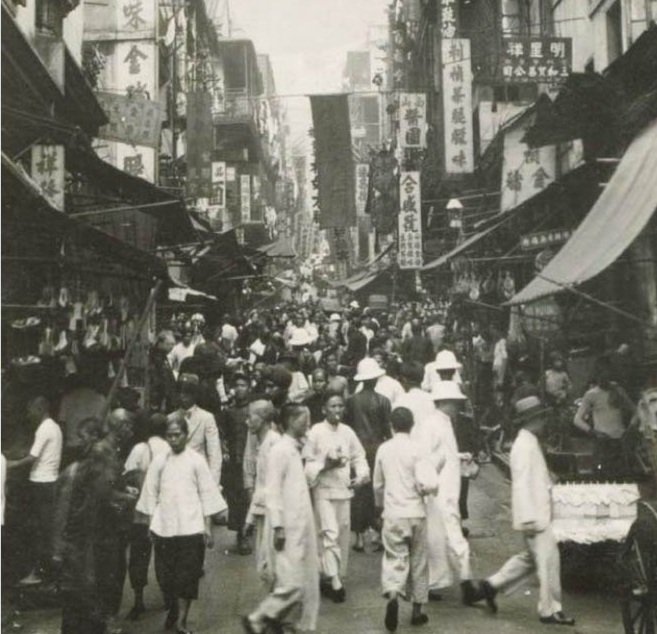
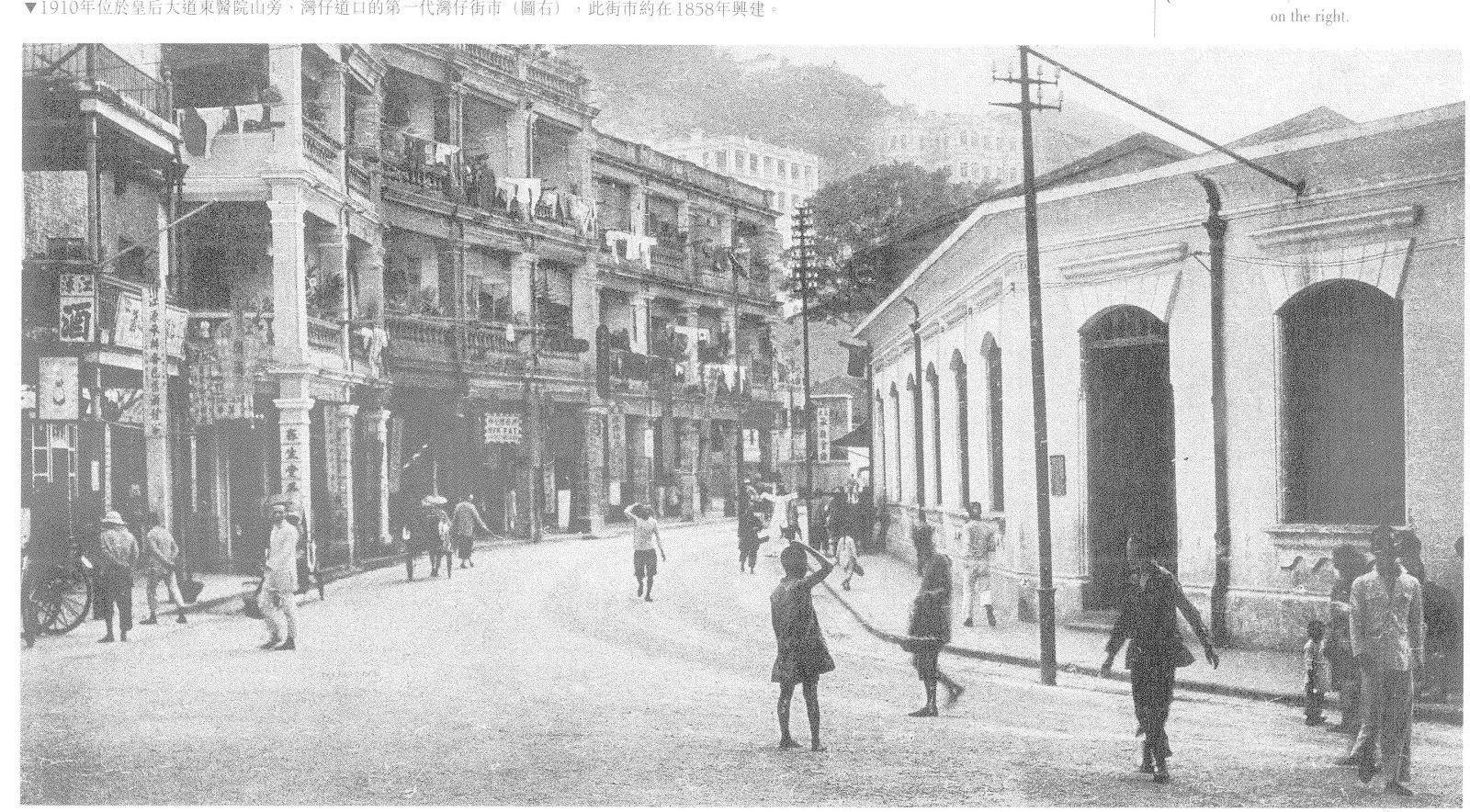
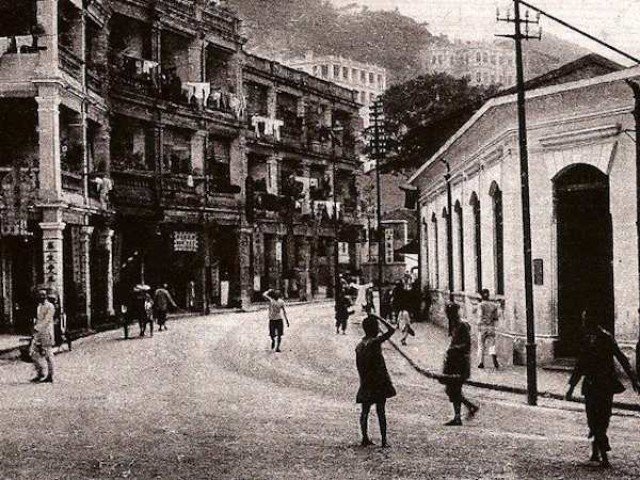
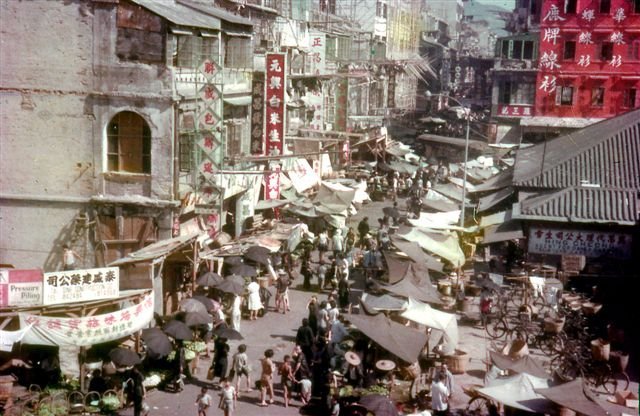
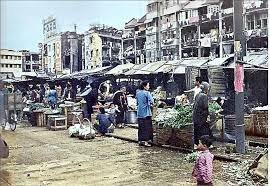
街巿,在社區之中不可或缺,不止因為它是販賣食材、讓一個社群得以生存,街巿還是一聚集人群、交換資訊、人際關係得以建立,甚至是承載豐富人文歷史的地方。不過,為什麼近年香港的街巿,卻是愈建愈少?有人解釋,街巿空置率高企,反映本地人不再需要街巿;亦有人解釋,如今有超巿、網購,街巿已不再是唯一。回看歷史,如果街巿本來就是個因應聚居的人的需要、自然而生的場地,那麼再興建街巿的話,大概也應該讓規劃回到基本,順著社區生活的模式、用家的習慣與需要而設計。這一期,讓我們從頭認識香港的街巿發展,一起思考香港街巿的未來。
元朗墟巿、中環嘉咸街:香港街巿雛形
香港的街巿雛形,最早可以追溯至300多年前的元朗,因為近海、有河,元朗農業發達、交通便利, 聚集買賣的墟巿,很早就有文獻記載。至1840年代英軍佔領香港後,人口迅速增加、城巿開始發展,街巿隨著需求在街道上出現及延伸,當時的檔販仍是用雙肩擔著貨品、或以手推車推到人多聚集的地方販賣。1850年代,政府開始管理這些街道上的商業活動,例如把檔販遷移到有蓋的臨時場所。
19世紀,香港街市大多位處室外,至今仍然可找到的百多年痕跡的,大概是中環嘉咸街的露天街巿。
舊灣仔街巿:30年代街巿建築物
1894年太平山爆發鼠疫,該區人口密集,死人無數。港英政府為了改善公眾衛生,故加快重建中環街市的工作,減少街頭小販數目;中環街市當時一度成為東南亞最大的肉類市場。
為進一步改善環境衛生,為販賣新鮮食材而建的建築物,在1930至60年代陸續出現。例如現今的尚翹峰底層,就仍然可見1930年代建成的舊灣仔街巿。當時的舊灣仔街巿樓高兩層,街巿就是它唯一用途,下層有鮮魚檯,上層則有鮮肉檯、果菜檯及雞鴨檯。現在已活化成新聞博覽館的必列者士街街巿,建於1950年代,亦可看到這段時期的街巿建築物設計。
巿政大廈:文康設施與街巿共存
二戰之後,大量難民湧入香港,愈來愈多人賴以街頭販賣為生,出現阻街、衛生惡劣的問題。1970年代,港府決定停發小販新牌照,建立更多室內街市,促使小販搬到室內營業,檔口面積參考小販車的大小。新街市多數選址露天街市的附近,例如油麻地街市,原意是方便小販搬遷、保住客源,但後來亦成為敗筆:市民還是喜歡光顧露天街市,愛它方便、廉價、空氣流通。當時的室內街市大多不設電梯、冷氣,商戶也要交管理費。除了雨天有優勢,其餘時間多數不如露天街市興旺。
當時人口增多,建築物開始向上發展,街市也不例外,市政大廈在80年代陸續成為室內街巿的新場地,即一棟建築物既有街市,亦有熟食檔、圖書館、體育館等,在荃灣楊屋道街市甚至有天台遊樂場,可謂家庭佳音:阿媽買餸時,跳跳紮的兒女可往他處暢玩,毋須人逼人。
千禧年後 吉舖漸多
到了90年代,超市興起,乾淨環境、冷氣、西式食材吸引年輕人注目。對照下,街市設備開始老舊,環境悶熱,去水位堵塞帶來衛生問題。2003年審計署報告指出,公眾街市的整體空置率為22.6%,即是每10個檔口,就有2個丟空,當中61.7%空置檔位最少空置兩年,浪費公帑,報告建議食環署需要採取補救行動。
另一邊廂,公屋街市開始變天。2005年,房委會出售公屋街市、商場、停車場等資產予領展。領展以商業手段經營公屋街市,環境變得亮麗舒適,但商販捱貴租,市民捱貴餸,甚至被逼跨區買餸,民間要求重建公營街市的聲音不斷。
走到2018年,政府終於公布「10年街市現代化計劃」,20億元翻新重建舊街市,香港仔街市剛於2021年11月動工;新市鎮東涌、天水圍、將軍澳等地亦會興建新的公營街市。在下一波變革,街市除了變靚,還應該朝哪個方向改變?怎樣才是一個完美的街巿?下一期,我們將看看外國的案例。
地點:香港
圖片:網上資料、漁護署網頁、旅發局網頁、香港山誌、隨我行
Markets have long been an integral part of local communities: not only because they supply fresh produce daily; more importantly, they are vibrant neighbourhood spaces that allow people to come together and exchange information. As a site that cultivates social relationships, markets serve as a microcosm of a city’s history and culture. However, the number of wet markets has been dwindling in recent years, and the high stall vacancy rate of public markets remains a persistent issue. While some say that Hongkongers no longer need markets, others attribute its decline to the rise of supermarket chains and online shopping platforms.
In fact, markets originate from bazaars where people naturally gathered to trade and tackle their needs. Perhaps policymakers and architects should go back to the basics and accommodate the communities’ ways of living and consumers’ demands when it comes to the planning of new public markets. In this article, let us revisit the development of local markets, and reimagine how they could evolve in the future.
Yuen Long Bazaar and Central Graham Street: precursors of markets in Hong Kong
According to archival records, the earliest form of local markets could be traced to over 300 years ago in Yuen Long where rural villagers got together and sold their surplus produce. Later in the 1840s, when Hong Kong came under British occupation, the city started to develop and experienced a surge in population. The growing demand for goods and services facilitated the growth of markets as well as hawking activities. Itinerant street hawkers carried their food and wares on shoulder poles or trolleys. In the 1850s, the government started to regulate on-street commercial activities, such as setting up temporary indoor premises to accommodate the hawking trade.
The Graham Street Market in Central, with a history of more than a century, is now the last surviving outdoor market in Hong Kong. Take a stroll through the fresh produce and food stalls on Graham Street to catch a glimpse of old local markets’ unique vibes.
Market buildings in the 1930s: The Old Wanchai Market
In 1894, the devastating bubonic plague swept through the Tai Ping Shan district and claimed many lives. In order to improve public hygiene and reduce street hawking, the colonial government sped up the reconstruction work of Central Market, which became the largest meat market in Southeast Asia at one point.
Market facilities tailor-made for selling fresh produce were built during the 1930s to 1960s to further enhance environmental hygiene. One historical Wanchai Market was conserved and incorporated into the lower levels of The Zenith, a condominium development. The two-storey market, built in the 1930s, was designed to serve purely as an indoor market premise; fresh meat, poultry, vegetables and fruits stalls were located on the upper floor while the ground floor contained fish stalls. The former Bridges Street Market in Central is another site for studying the architectural style of old market buildings. This 1950s market complex has been revitalised and currently houses the Hong Kong News-Expo.
Municipal services buildings: where leisure and cultural facilities co-exist with markets
An influx of refugees arrived in Hong Kong after the Second World War. Many of them became itinerant hawkers to earn a living, causing street congestion and hygiene issues. In the 1970s, the government tightened its policies and stopped issuing hawker licenses. Hawkers were then encouraged to move into purpose-built indoor market complexes which offered stalls that were of similar size to a hawking cart. Amongst the strategies the government thought would bring hawkers convenience and help retain their customers, new markets were established next to existing open-air markets, such as Yau Ma Tai Market. However, the plan backfired. Residents still preferred outdoor markets because of its accessibility and natural ventilation; the food was also more reasonably priced in open-air markets as stall owners in indoor markets were charged management fees even though there were no escalators nor air conditioning. Therefore, indoor markets were only attractive to shoppers on rainy days.
With rapid population growth, the city started to expand vertically, and markets were no exception. In the 1980s, multistorey municipal services buildings came into service and housed venues for a variety of public services, including fresh markets, cooked food stalls, libraries, sports facilities, etc. The Yeung Uk Road Market in Tsuen Wan even came with a rooftop playground, offering children a playspace when their mothers were busy shopping. This design was loved by both parents and kids.
Increasing number of idle market stalls since the 2000s
In the 1990s, supermarket chains emerged and soon became a leading retail force. Supermarkets won the hearts of young customers with its cleanliness, air-conditioned environment, and the variety of goods offered, especially Western food products. On the contrary, traditional markets were losing its appeal due to aging facilities which caused poor ventilation, inadequate drainage, and other sanitation issues. According to a 2003 report by the Audit Commission, the overall vacancy rate of public market stalls was 22.6%. This means every two out of ten stalls were idle. Among them, 61.7% remained vacant for at least two years. The report urged the Food and Environmental Hygiene Department to take immediate action to curb public fund wastage.
In 2005, the Hong Kong Housing Authority made a game-changing move: it sold a range of retail facilities in public housing estates to Link REIT, including fresh markets, shopping centres and car parks. As a commercial asset management company, Link’s renovated market stalls were rented out at higher prices compared to municipal markets, which drove up the prices of goods and services. Some residents refused to bear the price hike and went to markets in other districts to get cheaper food. Various community organisations urged the government to review the operation of public markets to control the prices of basic necessities.
In response, the government announced the “10-year Market Modernisation Programme” in 2018. The HK$2 billion scheme will be used to reconstruct and renovate old markets. For example, the renovation of Aberdeen Market started in November 2021. New public markets will also be built in new towns such as Tung Chung, Tin Shui Wai, Tseung Kwan O, etc. What would we see in the next generation of wet markets? How could we get markets upgraded apart from giving them a facelift? And what makes a modern fresh market perfect? In the next article, we seek inspiration from international case studies.
Location: Hong Kong
Image: Internet
你可能對以下吉人吉事有興趣:
You may also be interested in these GUTS Stories:












